As housing associations face mounting pressure to deliver more homes faster, MMC has come under scrutiny. While some modular approaches have faltered, panelised aircrete systems are proving to be a reliable, future-proof way of combining speed, quality and compliance
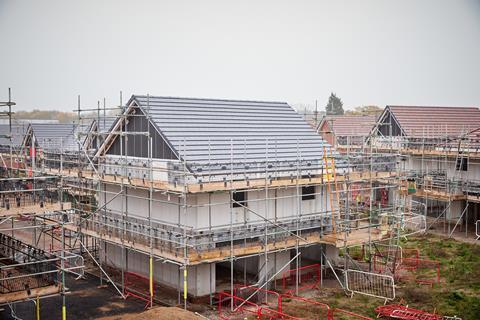
As the UK grapples with the urgent need to build more homes, housing associations find themselves on the frontline. They face rising demand, regulatory change, and an ageing housing stock – all while working within tight budgets. For these organisations, building quicker without compromising on quality is vital.
Modern Methods of Construction (MMC) have long promised to solve the industry’s productivity problem. But recent failures – particularly in volumetric modular schemes – have damaged confidence. Some housing associations now view MMC with caution. That caution is valid, but it shouldn’t mean abandoning the entire MMC framework. Instead, the focus needs to shift to proven, robust approaches – particularly those in MMC Category 2 panelised systems.
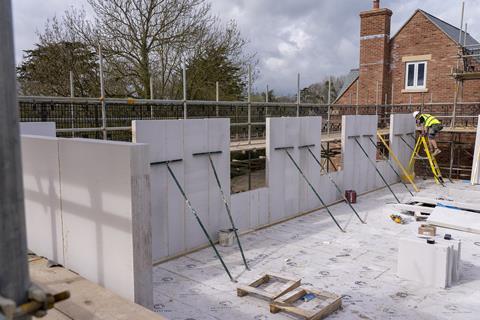
Panelised systems: The reliable face of MMC
Category 2 systems differ significantly from the volumetric models that have made headlines for the wrong reasons. Panelised solutions – typically structural wall elements such as storey-high aircrete wall panels – are manufactured offsite, then transported and assembled onsite.
This type of system retains much of the flexibility and resilience of traditional construction while offering the speed advantages of offsite manufacture. It’s not about reinventing the home – it’s about rethinking how we build it.
These systems also align well with current and future regulations, including the Future Homes Standard. Aircrete products, known for their thermal efficiency and airtightness, naturally lend themselves to building fabric-first designs that complement low-carbon heating systems.
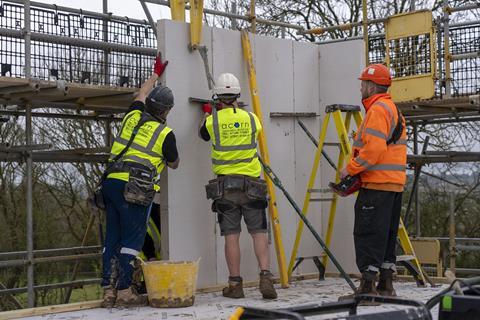
Speed with substance
One housing association leading the way in this space is Abri, one of the South of England’s largest providers of affordable housing. Abri adopted H+H’s Vertical Wall Panel system as part of its MMC strategy to build better homes, faster.
Jake Snell, Head of Partnerships & Innovation at Abri, explains: “From the beginning of our MMC journey, it was evident there was a strong appetite within the organisation to innovate. However, we recognised the need to proceed incrementally to ensure the whole team was on board. We investigated various MMC products to find the best fit for Abri. When we were introduced to H+H and its Vertical Wall Panel system, we realised it was a game changer.
“Adopting a new build method is a major cultural shift for both our on-site teams and our back office. The Vertical Wall Panel system is an ideal solution as it comprises a familiar material in a more advanced product. It lets us adapt our culture rather than creating a new one and significantly reduces the level of risk compared with innovation used in other construction techniques.”
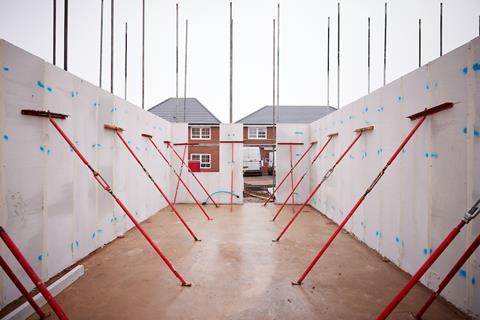
Vertical Wall Panels are made from the same aircrete used in traditional builds but formed offsite into storey-high panels that are craned into place. This means homes can be made weathertight within days, not weeks or months, allowing follow-on trades to begin earlier and reducing the overall construction timeline.
One of the strongest arguments for aircrete panel systems is their ability to deliver long-term quality. Unlike some MMC systems that rely on lightweight or non-loadbearing materials, Vertical Wall Panels create solid, durable structures. They stand on standard foundations, support floor loads, and require no compromise on design or layout.
And because they use a familiar material in a new format, they integrate seamlessly with existing supply chains, detailing, and maintenance routines. For housing associations used to maintaining stock over decades this is a real bonus.
Future homes, future-proof materials
Looking ahead, the Future Homes Standard will push all new builds to meet higher energy efficiency thresholds. The challenge for housing associations is meeting these standards affordably, and at scale.
Aircrete-based systems help achieve these goals without resorting to expensive or unproven technologies. Their inherent thermal efficiency, airtightness and build quality support a fabric-first approach – making homes comfortable and affordable to heat.
This makes Vertical Wall Panels especially appealing to providers focused on delivering homes that will perform reliably over decades – not just meet targets today.
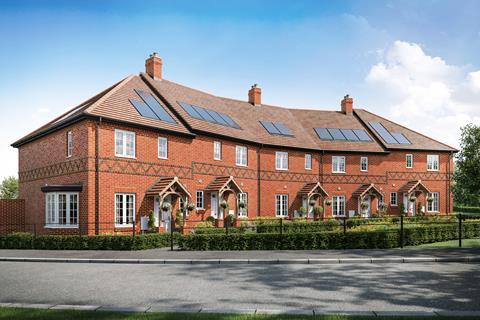
Restoring confidence in MMC
MMC is not a silver bullet, and no method will suit every site. But it’s time to separate what works from what doesn’t. Panelised systems – especially those using tried-and-tested masonry materials – offer a balanced path forward: blending the speed of offsite with the quality and longevity of traditional homes.
For housing associations looking to scale delivery without compromising on standards, that’s an approach worth taking seriously.
Find out more about H+H Vertical Wall Panels here: https://www.hhcelcon.co.uk/products-applications/methods-modern-mmc/system-build-vertical-wall-panels

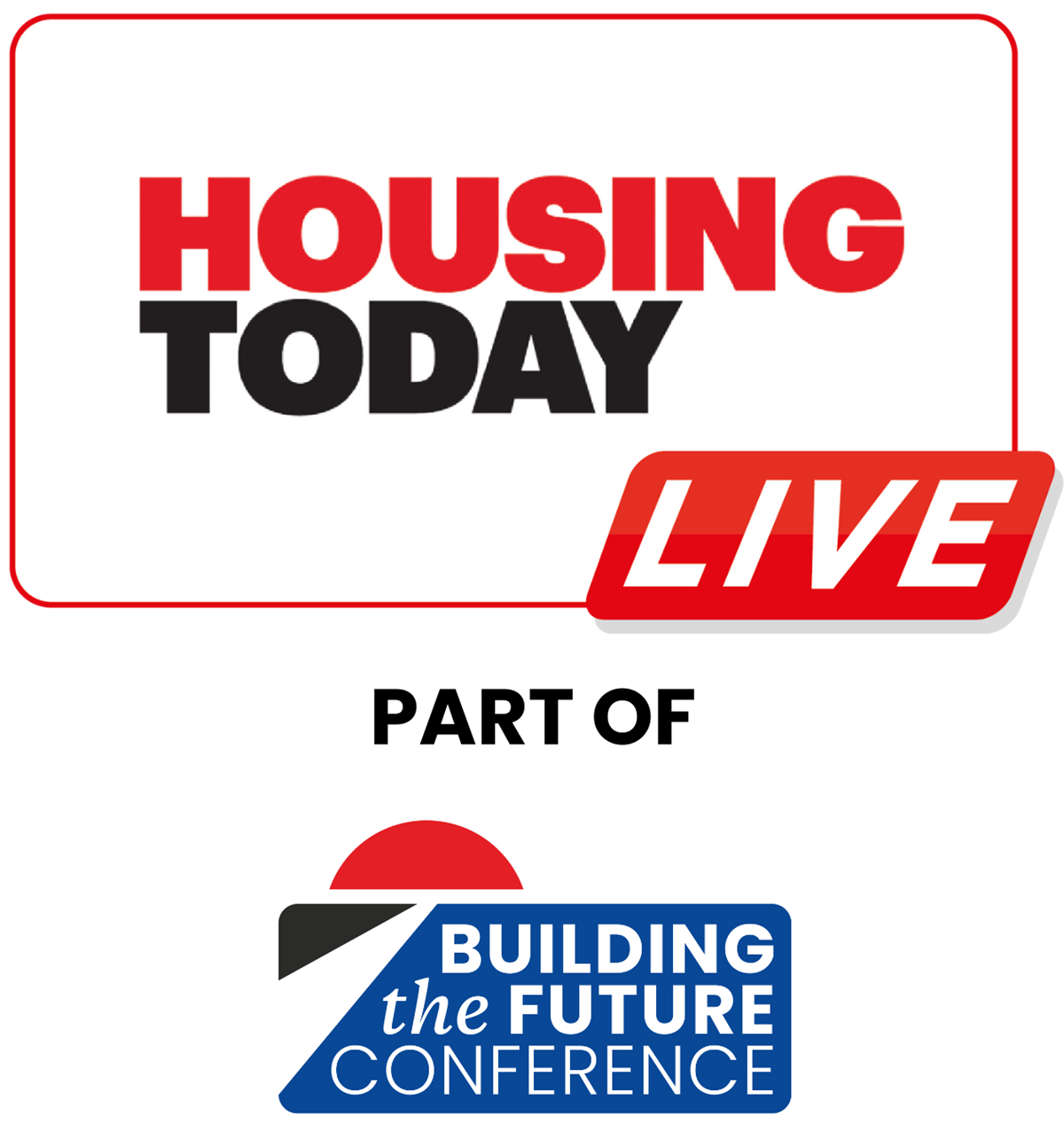
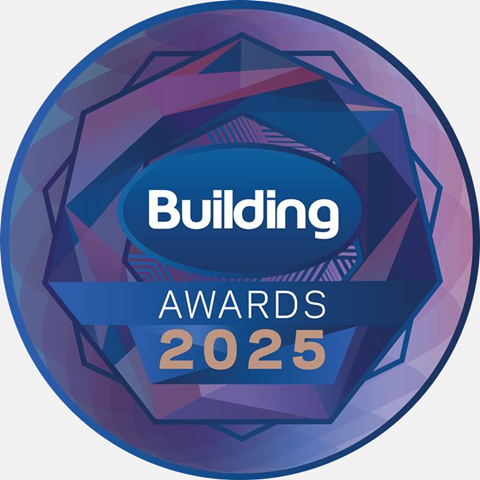
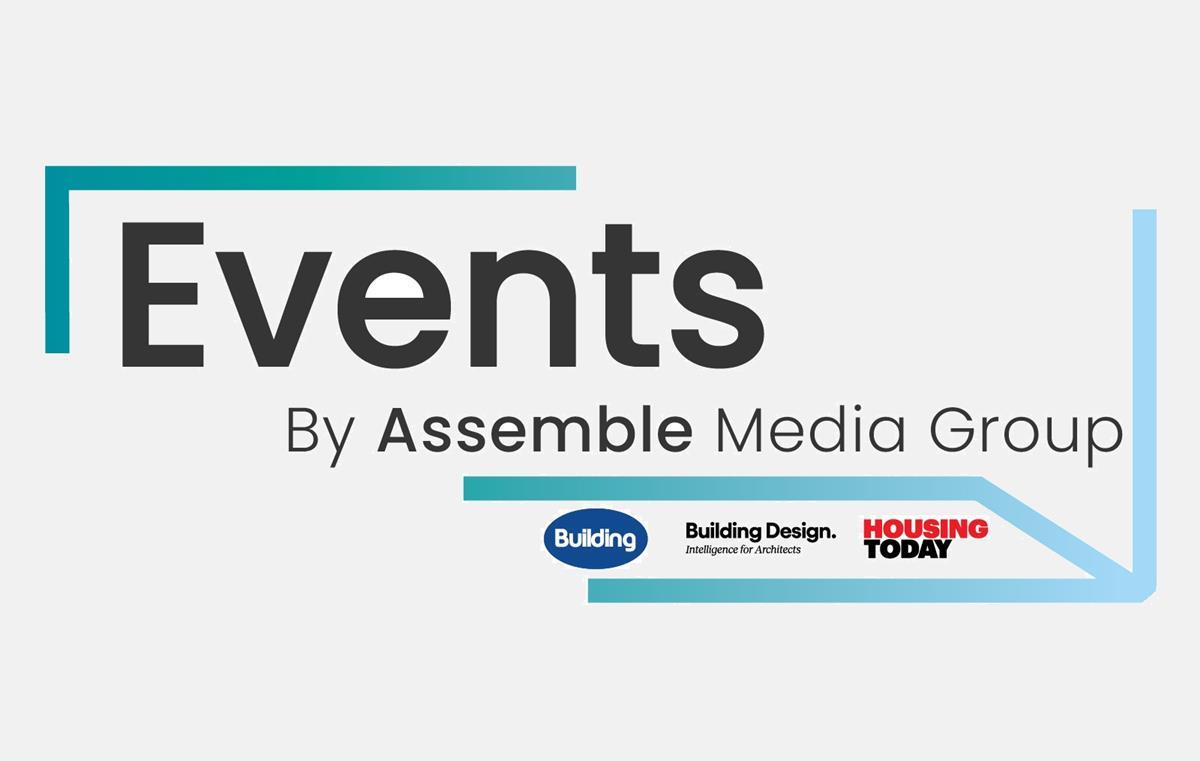







No comments yet